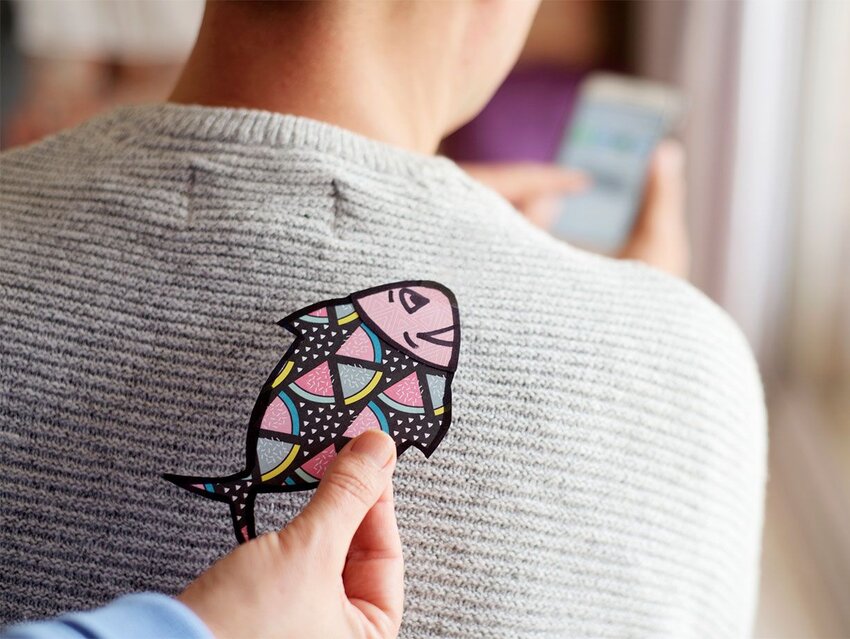April Fools’ Day has become an internationally celebrated day of pranks in recent years, but playing jokes on April 1 is a centuries-old tradition. Plenty of pranksters get in on the action, using ridiculous news headlines, comedy skits, and legendary gags to trick the gullible. From its unexpected origins to famous modern hoaxes, April Fools’ Day is full of surprises.
Poisson d’Avril (April Fish)
The origins of April Fools' Day are murky, but the most accepted source of the holiday comes from the 16th century when France switched from the Julian Calendar to the Gregorian. This changed the first day of the year from April 1 to January 1, but “fools” would still celebrate the first of the year in April. They would become the target of pranks, the most popular being a paper fish stuck to their back. The fools were called “Poisson d’Avril” (meaning April Fish) because they were young and “easily caught.”
Another possible origin stems from the ancient Roman celebration of Hilaria (meaning "joyful" in Latin) at the end of March, which involved dressing up in disguises and mocking people. A third reputable origin story comes from April’s ties to the vernal equinox, when Mother Nature would “fool” everyone with unpredictable weather.
“Hunting the Gowk” and “Tailie Day”
Whatever the holiday’s roots, modern April Fools’ Day celebrations can be traced back to Scotland in the 18th century. Locals began observing a two-day celebration that began with “hunting the gowk,” which sent participants on bogus errands, all in the name of fun. “Gowk” is a synonym for cuckoo, and also means "an awkward or foolish person." The second day was called Tailie Day, celebrated by putting “kick me” signs or fake tails on peoples’ bottoms. Today, April Fools’ Day is still referred to as Gowk Day in Scotland.
April Fools’ Day in the 20th Century
Over time, as new technology entered the scene, April Fools’ Day pranks and tricks became more elaborate and mainstream, with plenty of brands and publications getting in on the fun.
In 1965, BBC announced a revolutionary new way to experience television: “Smell-O-Vision.” On the April 1 newscast, they claimed to interview a London professor who had perfected a new olfactory technology, allowing at-home television users to smell scents while watching — no additional apparatus needed. Viewers in Britain simply needed to take a whiff to experience it. The “professor” went on chopping onions and brewing coffee during the broadcast. Some viewers didn’t realize the tricky date, and many called into the station to say that the technology was working.
Several years later, would-be travelers were disappointed to learn that the beautiful San Serriffe Island nation was fictional. On April 1, 1977, The Guardian ran an article, which was essentially one big play on words, about San Serriffe, an island chain shaped like a semicolon. The seven-page travel article commemorated the nation’s 10th anniversary of its independence. As seen on the map, the two main islands were “Upper Caisse” and “Lower Caisse,” and its capital was Bodini, a sans-serif typeface.
On April 1, 1996, Taco Bell announced that it would purchase the Liberty Bell, renaming it the “Taco Liberty Bell,” to help reduce the country's debt. Taco Bell took out full-page newspaper ads to announce the decision, prompting thousands to call the restaurant's headquarters and the National Park Service to complain.
Featured image credit: nito100/ iStock

